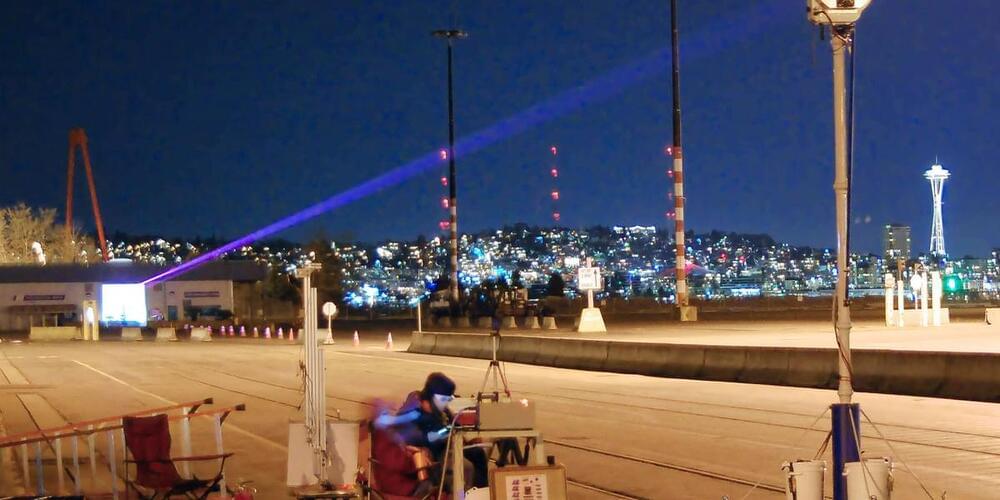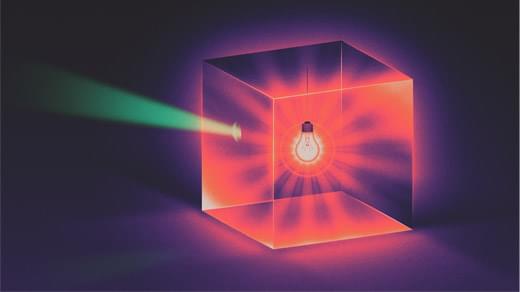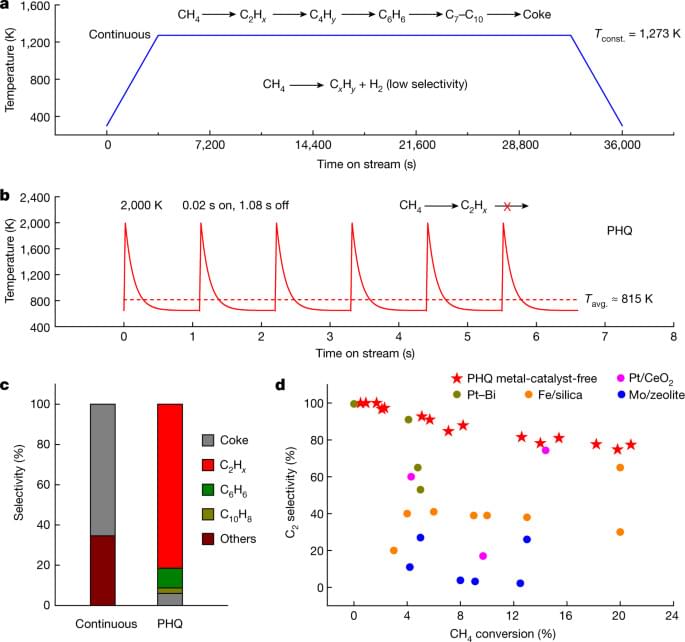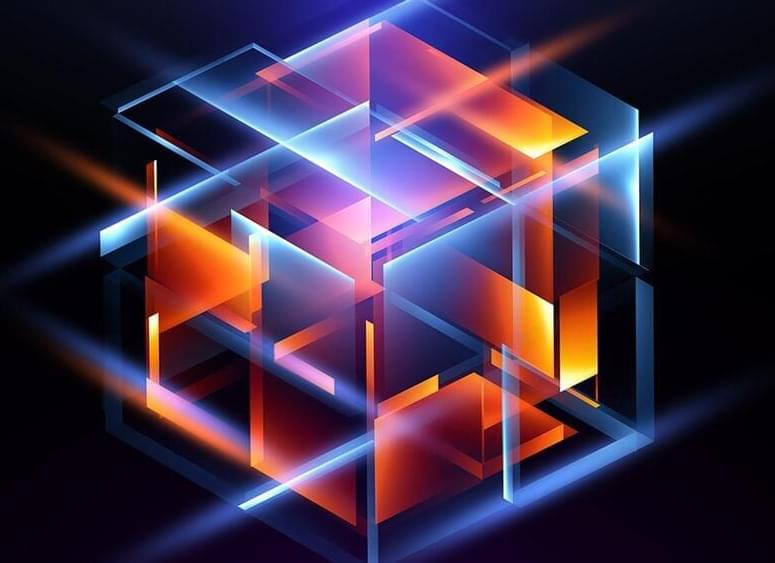A century later, Nikola Tesla’s dream comes true.




Green Gravity, a startup proposing to use old mine shafts for gravitational energy storage, has secured AUD 1.4 million ($990,000) in its first formal capital raise.
Green Gravity is turning to the former cornerstone of Australia’s wealth, coal mining, to remove the final hurdle for a fully renewable electricity system. It is proposing to lift and release ultra-heavy weights in legacy mine shafts, in a reimagining of how the universal force of attraction, gravity, can be used to store renewable energy.
While the hyped Swiss startup Energy Vault recently hit rocky waters, Green Gravity CEO Mark Swinnerton is adamant that his company has distinct merits, many of which stem from the fact that its concept is rooted in redeploying abandoned but very abundant infrastructure. In recent weeks, Green Gravity secured AUD 1.4 million in its first formal fundraising round with a range of private investors, “with plenty of surplus interest,” Swinnerton told pv magazine Australia.“We are working toward a larger raise in a few months time when we firm up the capital cost for the demonstration plant.”

Circa 1978
Summary. The energetics of the gravitationally powered dynamo have been studied with the aid of a compressible-earth model which allows for the growth of the solid inner core. The basic premise of this study is that as the Earth gradually cooled over geological time the solid inner core continually accreted dense material which crystallized from an outer core composed of a molten binary alloy. This process requires a continual rearrangement of matter which generates the fluid motions needed to sustain the dynamo. These motions maintain the outer core in a well-mixed state, in apparent contradiction to Higgins & Kennedy’s hypothesis that the outer core is stably stratified. The vigour of these motions is dependent primarily upon the composition of the solid inner core, but is surprisingly independent of the density of the light constituent in the core. If the solid core is composed entirely of heavy metal, then as much as 3.7 × 1012 W may be transferred from the core to the mantle as a result of cooling and gravitational settling. This is roughly equal to estimates of the amount of heat conducted down the adiabat in the core, but it is argued that there is no direct relation between the amount of heat conducted down the adiabat and the amount transferred to the mantle if the convection is driven non-thermally. The gravitational energy released per unit mass of the solid inner core is remarkably constant and may be as much as 2 × 106J/kg, roughly five times the value of the latent heat of iron. These values are reduced if the solid inner core contains some light constituents. It was found that the efficiency of the gravitationally powered dynamo may exceed 50 per cent, a much higher figure than is possible for either the thermally or precessionally driven dynamo. Also, the amount of gravitational energy available to drive the dynamo in the future is many times that expended so far. The size of the magnetic field sustained by gravitational settling was related to the density jump at the inner—outer core boundary and the field strength was estimated to lie between 390 and 685 G, strongly suggesting that the dynamo is of the nearly-axisymmetric type developed by Braginsky.

Water scarcity is a major problem for much of the world’s population, but with the right equipment drinking water can be wrung out of thin air. Researchers at the University of Texas at Austin have now demonstrated a low-cost gel film that can pull many liters of water per day out of even very dry air.
The gel is made up of two main ingredients that are cheap and common – cellulose, which comes from the cell walls of plants, and konjac gum, a widely used food additive. Those two components work together to make a gel film that can absorb water from the air and then release it on demand, without requiring much energy.
First, the porous structure of the gum attracts water to condense out of the air around it. The cellulose meanwhile is designed to respond to a gentle heat by turning hydrophobic, releasing the captured water.

THE #QUANTUM #PHYSICISTS Sandu Popescu, Yakir Aharonov and Daniel Rohrlich have been troubled by the same scenario for three decades.
It started when they wrote about a surprising #wave #phenomenon called #superoscillation in 1990. “We were never able to really tell what exactly was bothering us,” said Popescu, a professor at the University of Bristol. “Since then, every year we come back and we see it from a different angle.”
Finally, in December 2020, the trio published a paper in the Proceedings of the National Academy of Sciences explaining what the problem is: In #quantumsystems, superoscillation appears to violate the law of conservation of #energy. This law, which states that the energy of an isolated system never changes, is more than a bedrock physical principle. It’s now understood to be an expression of the fundamental symmetries of the universe—a “very important part of the edifice of physics,” said Chiara Marletto, a physicist at the University of Oxford.
#quantumphysics #university #Research #Lawofphysics
By resolving a paradox about light in a box, researchers hope to clarify the concept of energy in quantum theory.

A team of scientists have re-engineered membrane technology to make it 150 times more efficient in capturing carbon dioxide (CO2) in gas mixtures leaving coal and natural-gas-fired thermal power plants.
Applying invented polymer chains to commercial membranes makes them 150 times more effective in capturing CO2.



Just as electromagnetic energy is quantized into propagating photons, acoustic energy propagates in quanta called phonons. The science of photon behaviour – called quantum electrodynamics – is an important branch of modern physics because it provides a relativistic description of the interaction of light with matter. Scientists have used the theory in a variety of applications such as atomic clocks and quantum computation. In recent years, scientists have begun applying some of the same concepts to phonons in a field called quantum acoustodynamics. Last year, for example, two groups independently used laser-based measurements to entangle the oscillations of membranes in cavities.